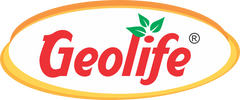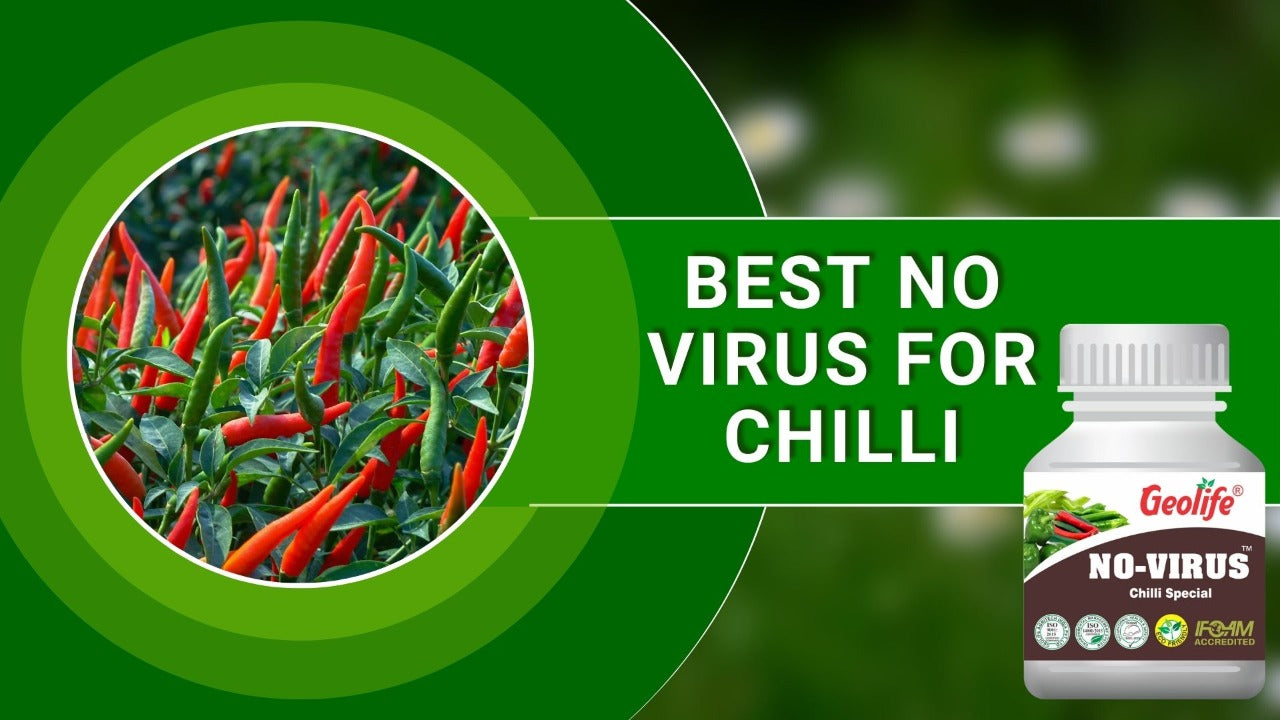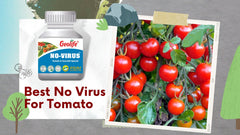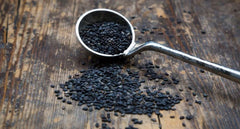Growing plant cells from tissue is time-consuming. Keeping the treatment area clean is crucial. Bacteria, fungi, and mycoplasma are common pollutants. The virus? An infectious agent, like a virus, spreads quickly across living organisms. Viruses infect many hosts and spread using their own machinery.
Many activities must be done to ascertain if the mother plants from which explants will be obtained are virus-infected. Biological, serological, and molecular methods are applied (like polymerase chain reaction[PCR]).
How to Remove Viruses?
To remove them, use in vitro micrografting, in vitro chemotherapy, thermotherapy, or cryotherapy. These techniques kill viruses, viroids, and phytoplasmas.
How can these processes and techniques remove viruses in explants?
The narrator says, "Stay put." This page answers all questions. We'll discuss some of the above tactics. Let's begin!
- Use heat.
Heat therapy is an old practise. Since the 1800s, many have used it. Thermotherapy kills viruses in plants. Usually, the target mother plant is heated to 35 to 42 °C for four weeks. The type of virus and the patient dictate fever and treatment duration. This approach has successfully destroyed potatoes, grapevines, stone fruits, citrus, pome fruits, and strawberries.
In thermotherapy, the type of virus and stage of infection are most important, as are genotype, temperature, and treatment time.
- Low-temp
Heating infected plants kills viruses but not viroids. This therapy grows plants at 8°C. Thermotherapy grows plants at 37°C. This drug treats Potato spindle tube, Apple scar skin, and Hop latent viroid (HSVd). Chrysanthemum stunt, chlorotic mottle, and cucumber pale fruit viroids can all be eradicated at 5 degrees Celsius (CPFVd).
- Meristem lifecycle
Because infections are rarely found in a plant's apical meristem, it's an ideal location for tissue culture. Leaf primordia and the apical dome make up the shoot apical meristem (place of stem elongation). It was important to cultivate infected parent plant tissue in a meristem-friendly environment. This method can remove viruses from plants. This approach may have helped eradicate Onion yellow dwarf, Shallot latent, and Sugarcane yellow leaf.
Laboratory micrografts
Virus-free rootstock is used to transplant meristems. Grafting joins two plants into one. The second plant part heals the first's wounds. Peach, almond, citrus, stone fruit, apple, pear, cashew, and avocado trees and plants have been treated using this method.
When to use chemotherapy
Chemotherapy is used in tissue culture to prevent viruses from spreading to healthy plant tissue. Chemicals are diverse-thiouracil, acycloguanine, azidothymidine, etc. This approach is often combined with others for optimal results. Using chemotherapy on axillary bud tips, potato virus S (PVS) was eradicated.
- Freeze-dried
Submerge the shoot tips in liquid nitrogen and let them regenerate. Meristematic tissues have no viruses and less water than developed ones. When a plant freezes, ice crystals don't hurt the meristem cells. Banana Streak, Potato Leafroll, and Grapevine Virus A were eradicated (GVA).
Combining the above mentioned therapies helps remove viruses from plants.
OUR PRODUCTS:
Give your plants viricides in town. Geolife brings you the best products to cherish and celebrate your garden and plants.
- Geolife No Virus Organic Viricide For Chilli Plants
- Geolife No Virus Organic Viricide For Tomato & Cucurbit
- Geolife No Virus Organic Viricide for Plants and Crops
…and many more. Visit our website to find you suitable garden match.






2 comments
Ramprasad munjaji Jagtap
Apr 14, 2023 at 18:03Yes
Chetan
Apr 14, 2023 at 18:049511739832